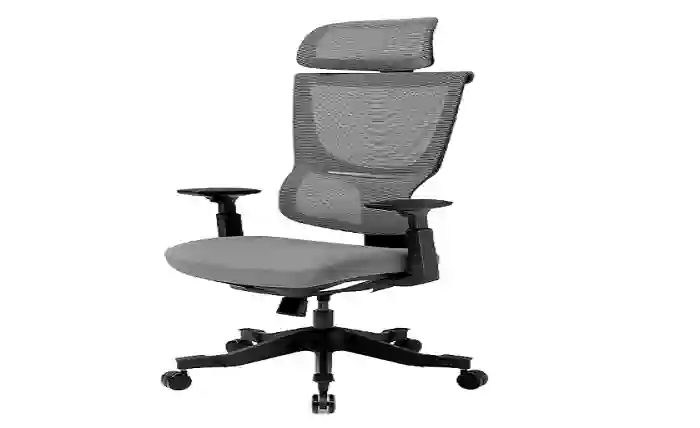Tips For Setting Up Your Office Chair For Ergonomic Comfort

Are you tired of backaches and discomfort after long hours at your desk? It’s time to revamp your workspace with ergonomic office chair setups to keep you comfortable and productive throughout the day. No more fidgeting and shifting around, trying to find the right position. Let’s dive into some practical tips to set up your office chair for maximum comfort and support.
Practical tips for setting your office chair
Investing time in ergonomically setting up your office chair can make a significant difference in your comfort and productivity. A well-adjusted chair such as FlexiSpot Flexi-Chair Ergonomic Office Chair BS8 prevents discomfort and enhances your overall work experience. Remember, it’s not just about having the fanciest chair; it’s about making sure that the chair you have works in harmony with your body.
Chair Height: Adjust the height so your feet are flat on the floor. This helps in maintaining proper circulation and reduces strain on your legs.
Lumbar Support: Ensure the chair’s lumbar support is snug against the curve of your lower back. It promotes good posture and prevents slouching.
Seat Depth: Adjust the seat depth so there’s a small gap between the back of your knees and the seat edge. This allows for comfortable leg movement and reduces pressure on the thighs.
Armrests: Position the armrests so your arms rest comfortably with your shoulders relaxed. Elbows should form a 90-degree angle for proper support.
Screen Level: Set your computer screen at eye level so you’re not straining your neck to look up or down. This minimizes the risk of neck pain.
Keyboard and Mouse Placement: Keep your keyboard and mouse close enough that your elbows are comfortably bent. This prevents wrist strain.
Monitor Distance: Maintain a comfortable distance from the monitor. A rule of thumb is about an arm’s length away to avoid eye strain.
Feet Placement: Place your feet flat on the ground or a footrest. This helps in reducing pressure on the legs and improving blood circulation.

Recline Function: Use the recline function of your chair to vary your sitting positions. A slight recline can ease pressure on your spine and lower back.
Breaks and Movement: Don’t forget to take short breaks and move around. Even the best chair setup can’t replace the benefits of regular movement.
Personalize Your Chair: Everybody is different, so adjust the chair to your unique needs. Experiment with the settings until you find what feels most comfortable for you.
Footrests: If your feet can’t touch the ground comfortably, consider using a footrest to support and improve circulation.
Cushioning: Add cushions for extra support, like behind your lower back or under your wrists.
Supportive Flooring: Place an anti-fatigue mat under your feet if you’re on a hard surface. It can alleviate pressure on your legs and feet.
Proper Lighting: Ensure your workspace is well-lit to reduce eye strain and promote overall alertness.
Regular Maintenance: Keep your chair in good condition by checking for loose parts and making necessary adjustments over time.
Conclusion
Incorporating the above tips for office chair ergonomic can transform your daily work routine. Your body will thank you for the extra care and attention you give it, and your work output might surprise you with its newfound focus and quality. So, take a moment to assess your current chair setup and make the necessary changes for a healthier, more enjoyable workday ahead.




